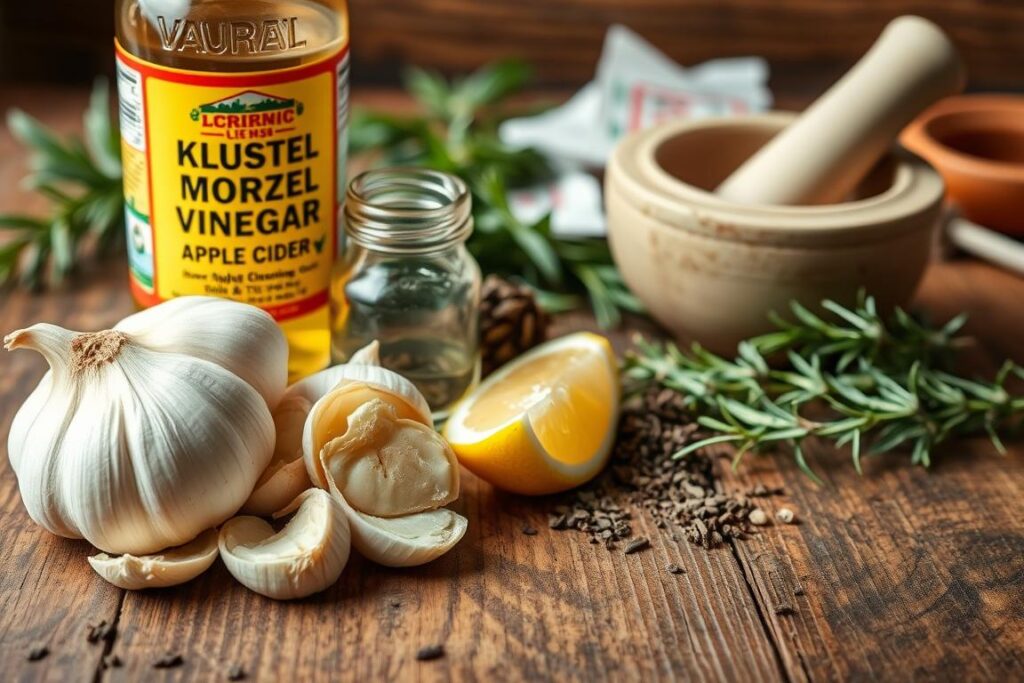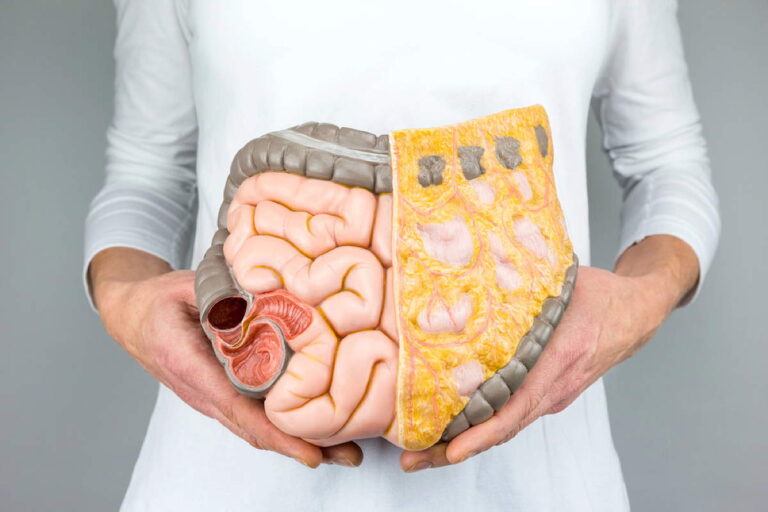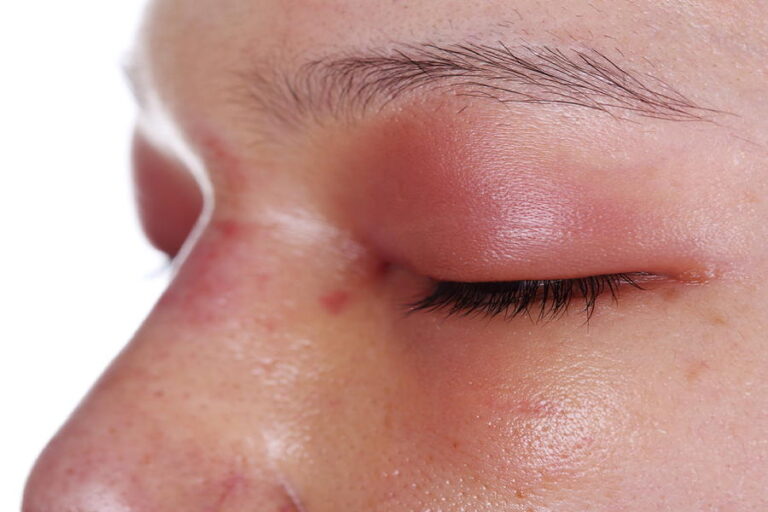What helps against plantar warts?
Plantar warts, also known as plantar warts, are not only annoying but also painful. They are caused by human papillomaviruses (HPV) and can be easily transmitted if the immune system is weak.
In this article, you will learn how to effectively combat plantar warts. We’ll look at the causes, symptoms and various treatment methods, from medical procedures to tried and tested home remedies.
You will learn how to protect yourself and others from infection and what you can do to prevent the recurrence of plantar warts.
What are plantar warts and how do you recognize them?
Recognizing and treating plantar warts starts with understanding what they actually are. Plantar warts are a type of wart caused by the human papillomavirus (HPV). They are characterized by the fact that they penetrate deep into the skin, which distinguishes them from other types of warts.
Typical characteristics of plantar warts
Plantar warts have some characteristic features. They are often small and can appear on different parts of the body, especially on the feet. A typical feature is that they grow into the skin, which can lead to pain, especially when walking or under pressure.
Some of their typical characteristics are
- They grow deep into the skin.
- They often cause pain, especially under pressure.
- They can occur on various parts of the body, but are often found on the feet.
Difference to other types of warts
There are different types of warts, such as common warts, flat warts and brush warts. Each type has its own characteristics.
- Common warts usually appear on the hands and backs of the hands and grow outwards.
- Flat warts are small, brownish and have a smooth surface. They are often found on the face or arms.
- Brush warts can be recognized by their brush or spike-like shape and are mainly found on the face and neck.
Unlike other types of warts, plantar warts are characterized by the development of pain due to pressure when walking.
Causes and routes of infection of plantar warts
Plantar warts are caused by an infection with certain viruses, which you can pick up in various ways. Infection with human papillomaviruses (HPV) is the main reason for the development of plantar warts.
Human papillomaviruses (HPV) as a trigger
HPV is a virus that can cause various types of warts, including plantar warts. Transmission usually occurs through direct contact with infected skin or contaminated surfaces.
Risk factors for an infection
There are several factors that increase your risk of plantar wart infection. These include walking barefoot in public swimming pools, saunas or changing rooms, sweaty feet that create a warm and humid climate in shoes, and small injuries or cracks on your feet that provide an entry point for viruses.
| Risk factor | Description |
|---|---|
| Walking barefoot in public areas | Significantly increases the risk of infection, especially in swimming pools and saunas. |
| Sweaty feet | Create a warm and humid climate in shoes, which favors the development of plantar warts. |
| Minor injuries to the feet | Provide an ideal entry point for viruses. |
Are plantar warts contagious?
If you’re wondering whether plantar warts are contagious, the answer is clear: yes, they are. Plantar warts are caused by the human papillomavirus (HPV) and can be transmitted through direct contact.
Understanding transmission paths
Plantar warts are usually transmitted through direct contact with infected skin or contaminated surfaces. The risk of infection is particularly high in damp environments such as swimming pools or communal showers.
Precautionary measures in everyday life
To minimize the risk of infection, there are a few tips you can follow. Wear bathing shoes in public wet rooms to avoid direct contact with potentially infected floors. Keep your feet dry and clean, as a warm and humid climate encourages the virus to multiply.
- Wear bathing shoes in public wet rooms.
- Keep your feet dry and clean.
- Avoid touching or scratching plantar warts.
- Wash your hands thoroughly after coming into contact with plantar warts.
What helps against plantar warts: treatment methods at a glance
There are several approaches to getting rid of plantar warts, from self-treatment to medical intervention. Choosing the right treatment depends on several factors, including the size and age of the wart.
When you should see a doctor
If your plantar warts are very painful or do not respond to self-treatment methods, you should see a doctor. A doctor can examine the warts and recommend a suitable treatment.
Self-treatment vs. medical treatment
Self-treatment methods can be effective, especially for mild cases of plantar warts. However, medical treatment may be necessary if the warts are stubborn or if you are unsure how to treat them.
| Treatment method | Duration | Success |
|---|---|---|
| Self-treatment | Weeks to months | Good for mild cases |
| Medical treatment | A few weeks | High for stubborn cases |
Duration of treatment and healing process
The duration of treatment can vary depending on the method and size of the wart. Your immune system plays an important role in the healing process. It can take several weeks to months for the warts to disappear completely.
During the healing process, it is important to keep the treated area clean and dry to avoid infection. In some cases, plantar warts can disappear on their own if your immune system recognizes and fights the viruses.
Medical treatments for plantar warts
There are several medical options to effectively treat plantar warts. If you suffer from plantar warts, a doctor can recommend various therapies to remove the wart and prevent re-infection.
Treatment with salicylic acid
One of the most common methods is treatment with salicylic acid. This acid helps to remove the wart layer by layer. It is important to protect the surrounding skin to avoid irritation.
Cryotherapy (freezing)
Another effective method is cryotherapy, in which the wart is frozen. The extreme cold destroys the wart tissue. This method is quick and can be carried out in a doctor’s surgery.
Laser and surgical procedures
Laser and surgical procedures are also available for stubborn cases. In laser treatment, the wart is destroyed by an intense beam of light. In difficult cases, surgical removal may be necessary, in which the wart is scraped out under local anesthesia.
Plantar wart plasters and solutions from the pharmacy
The use of special plasters and solutions can help you to successfully treat plantar warts. These products are available in pharmacies and offer an easy way to get rid of plantar warts.
How wart plasters work
Wart plasters work by treating the affected area of skin with an active ingredient that slowly dissolves the wart. Some plasters contain salicylic acid, which softens the callus so that the wart can be removed more easily.
Correct application for optimum results
For optimum effect, soak the wart in warm water before applying the products and carefully remove the softened callus with a file. Protect the healthy skin around the wart with Vaseline to avoid irritation. Follow the application instructions for each product exactly.
By following these tips and using the right products, you can effectively treat and remove plantar warts.
Effective home remedies for plantar warts
If you are looking for natural methods to get rid of plantar warts, there are some home remedies you can try. These remedies can be a good alternative or supplement to medical treatments.

Aloe vera and tea tree oil
Aloe vera is known for its soothing effect on the skin and can help to soothe the irritation caused by plantar warts. Tea tree oil has antibacterial properties that can prevent infection. The combination of both can aid healing.
Garlic and lemon juice
Garlic contains active ingredients that have an antiviral effect and can therefore help against the HPV virus that causes plantar warts. Lemon juice can help dry out the wart due to its acidic nature. However, it is important to use these remedies carefully to avoid skin irritation.
Observe the limits of self-treatment
Although home remedies can be effective, there are cases in which you should consult a doctor. If you have a weakened immune system or the wart does not disappear after prolonged treatment, medical advice is required. In addition, certain types of warts, such as genital warts in the genital area, should only be treated by a specialist.
Correctly treating plantar warts in children
Plantar warts in children require careful and child-friendly treatment. It is important to choose methods that are not only effective but also gentle.
Special features in the treatment of children
Particular care should be taken when treating plantar warts on children. Children’s skin is more sensitive, so the products and methods used must be adapted accordingly.
Child-friendly treatment methods
Mild wart plasters with a low concentration of salicylic acid are suitable for children. Another option is wIRA therapy, in which the wart is irradiated with special infrared light. This method is painless and therefore particularly suitable for children.
| Treatment method | Advantages | Special features for children |
|---|---|---|
| Mild wart plasters | Less irritating, easy to use | Low salicylic acid concentration |
| wIRA therapy | Painless, effective | Special infrared light irradiation |
When dealing with plantar warts in children, it is advisable to use colorful plasters or stickers to make the treatment more pleasant. You should also involve the child in the treatment and explain to them in an age-appropriate manner why the wart should not be touched.
How you can prevent plantar warts
You can prevent plantar warts by following certain rules. A combination of hygiene measures and strengthening your immune system can be effective.
Hygiene measures in everyday life
Good hygiene is crucial to prevent the spread of plantar warts. This includes washing your hands regularly, especially after contact with potentially infected areas or people.
Strengthening the immune system
A strong immune system is better able to fight off viruses that cause warts. Make sure you eat a balanced diet with plenty of fruit and vegetables, exercise regularly and get enough sleep. Stress weakens the immune system, so relaxation techniques such as yoga or meditation can be helpful. A strong immune system is particularly important for children and adolescents, as they are more frequently affected by plantar warts.
When you should remain patient with plantar warts
Plantar warts can be a test of patience, but in some cases, waiting is a good strategy. Cutaneous warts often heal on their own and your own immune system can recognize and fight the viruses without leaving scars or wounds.
Healing is faster in children than in adults. While around two thirds of warts disappear after two years in children, it can take up to five or ten years in adults.
If you decide to undergo treatment, you should carry it out consistently and not stop prematurely, even if you don’t see immediate results. In this article, you have learned that patience is crucial when treating plantar warts.






